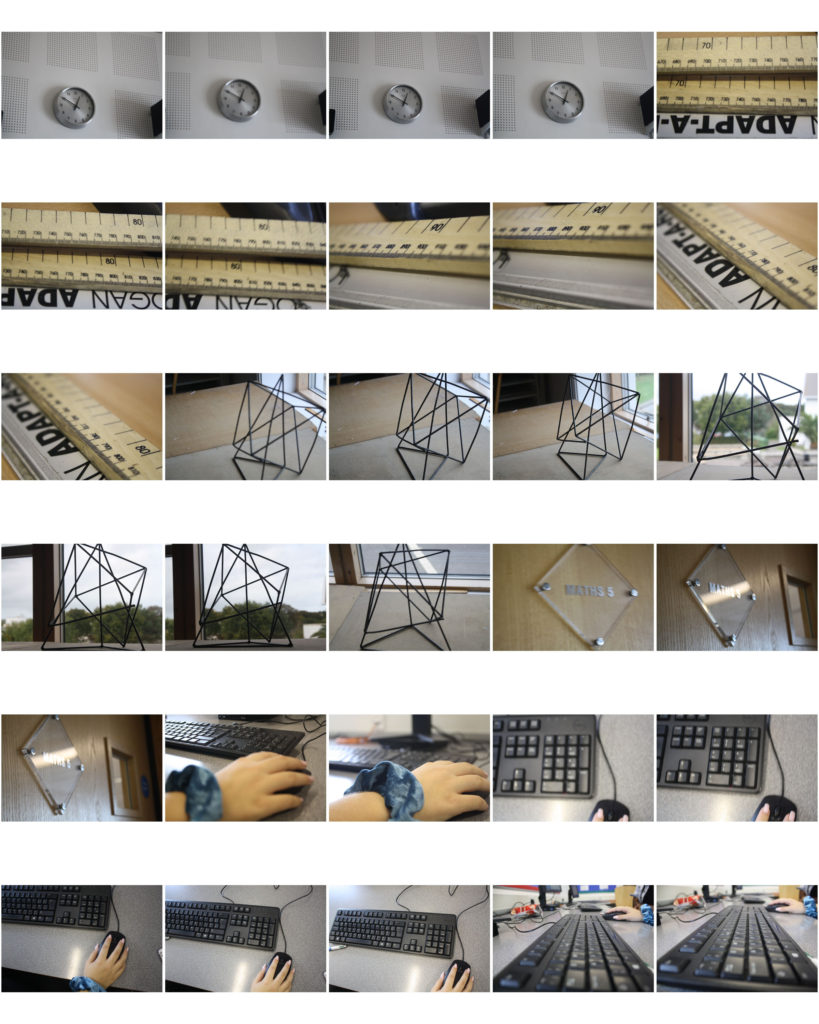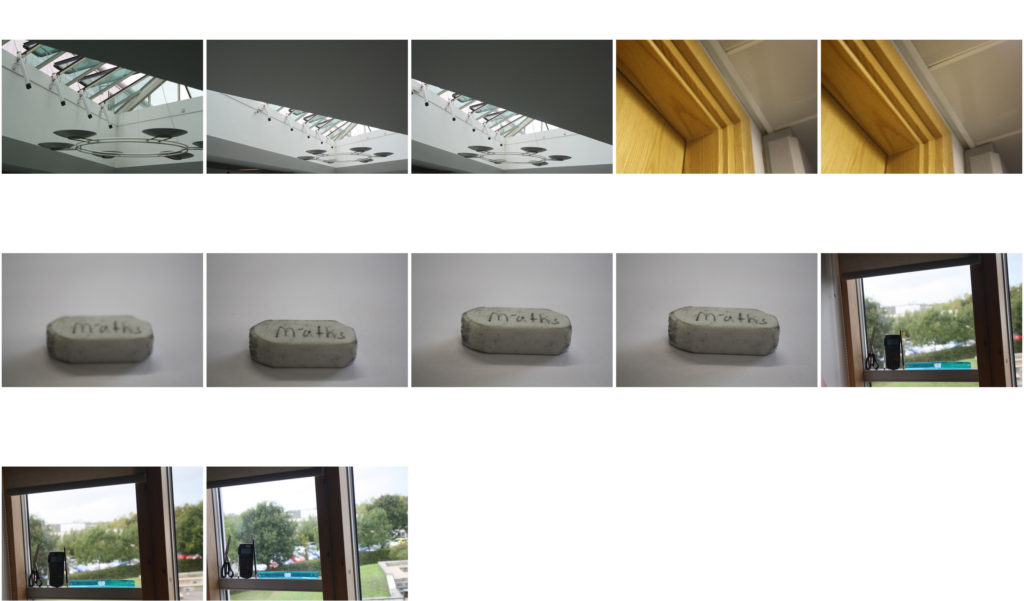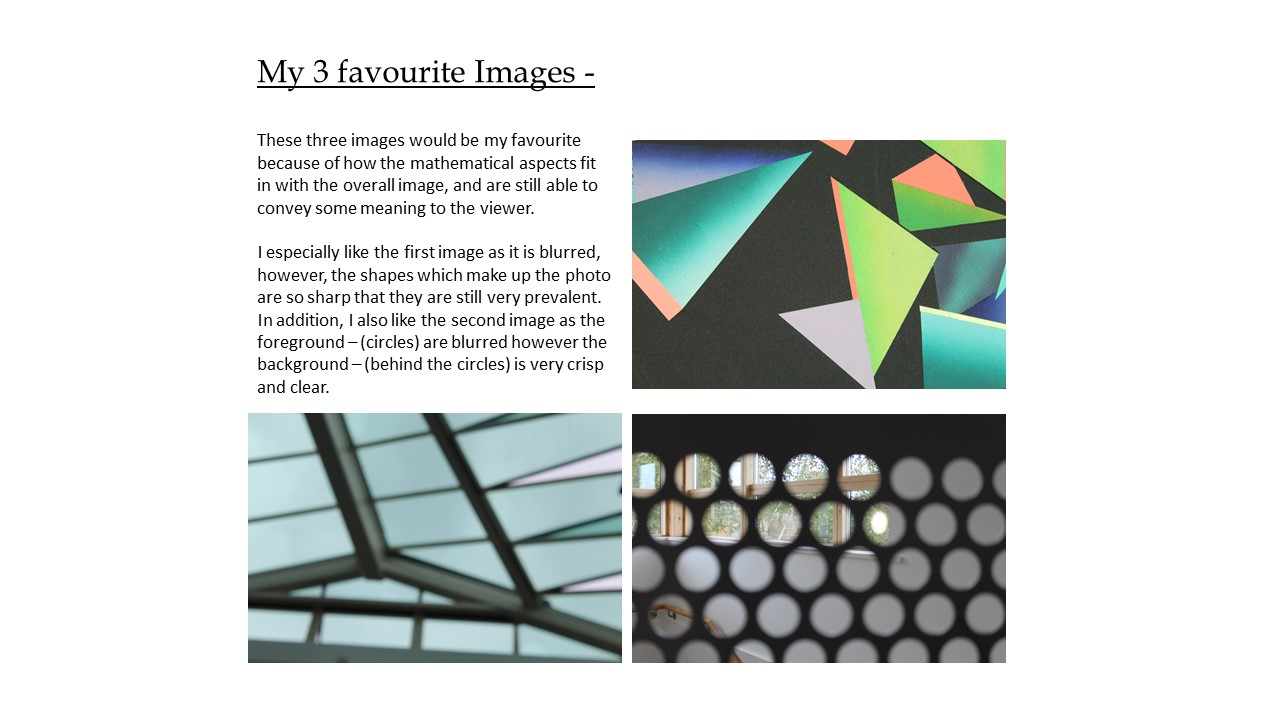Romanticism as a movement started in late 18th century Europe as a response to and rejecting the Age of Enlightenment and the focus on logic and reason that it brought, as opposed to the Romantic emphasis on emotional sensitivity, imagination and the sense of spirituality or religion. Romanticism in art used nature as inspiration and broke from the traditional use of Bible scenes in painting, instead looking at nature as the “dwelling place of God.” From a non-religious standpoint, Romantic artists portrayed nature as beautiful, powerful and occasionally destructive.
Romantic photographers drew from these ideas in their work, capturing the landscape as unpredictable and uncontrollable. Mostly it simply relies on the landscape to tell the story, but sometimes humans and animals are involved in the narrative as well.
The Romantic movement in photography was also heavily inspired by the old Romantic painters and their work, often taking some aspects of paintings directly and transferring them into photography, so therefore to be a successful Romantic photographer, it is important to recognise the themes of Romantic paintings in the 18th century.

This clearly shows the common themes of using nature in its unspoilt and pure form, as well as natural lighting and conveying various emotions through the visual art.
LINKS:
https://www.nephotographyguild.com/2018/01/romanticism-landscape-photographer















